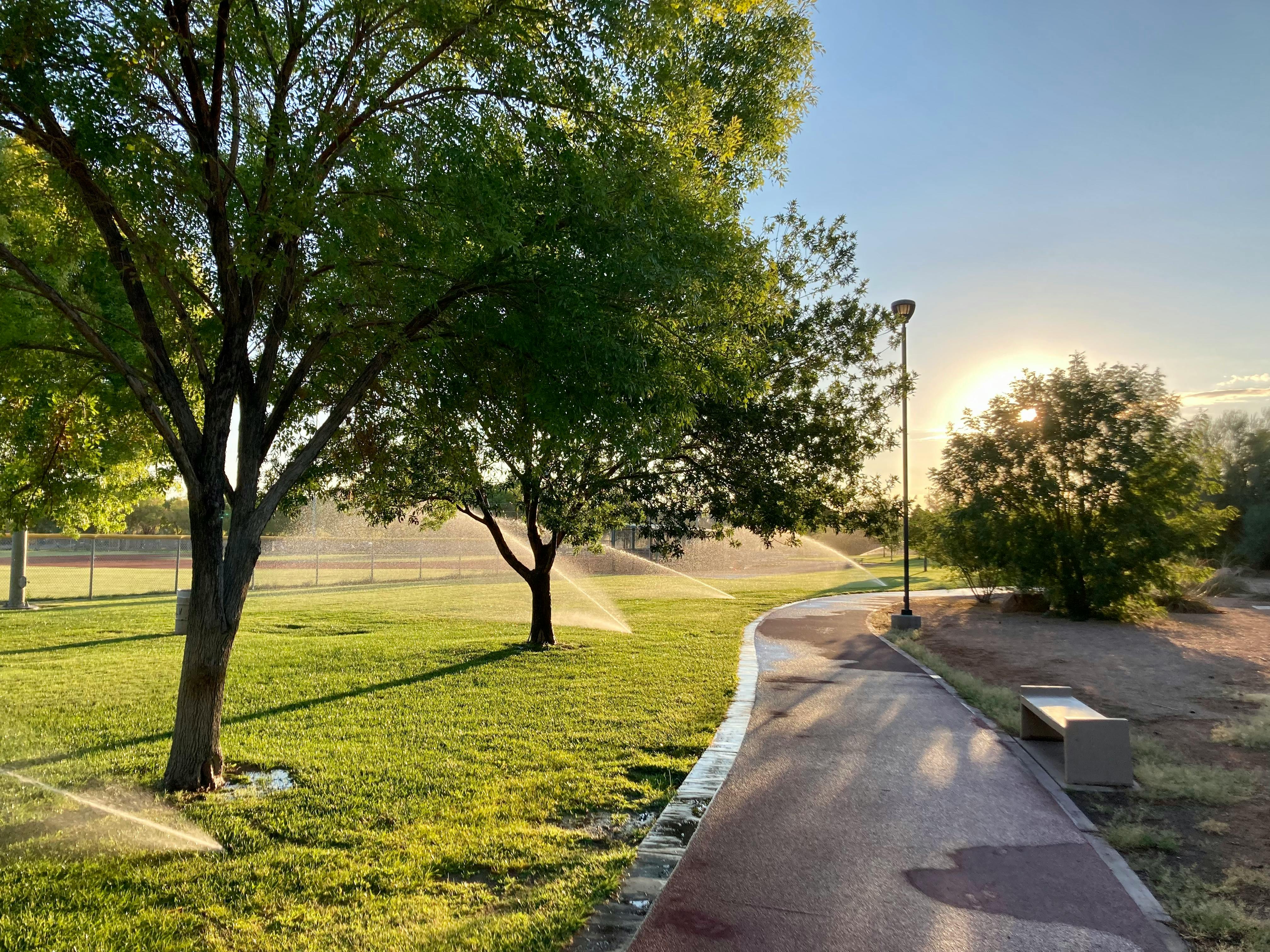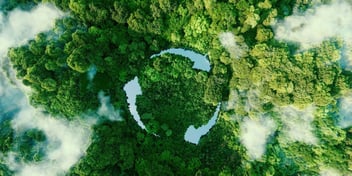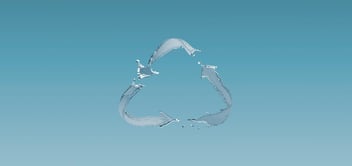Water recycling: key barriers and considerations for wider uptake

Recycled water could play a critical role for Australia’s water security, yet barriers remain to the broader uptake of purified recycled water (PRW). AWA Water Recycling Specialist Network Co-Chairs caught up with Source to discuss the role of recycled water as a component of shoring up supply.
Aurecon Water Associate Jonathan Knudsen said Australia has been pursuing various forms of recycling for many years, including for agriculture, green space irrigation and third-pipe systems.
More recently, PRW – water that has been purified to meet strict Australian Guidelines for Water Recycling to supplement drinking water sources – has become part of the mix, too, but there are still hurdles when it comes to increasing adoption.
“Although various forms of recycled water make up a small proportion of our total water supply, its application is quite widespread. It is a resource that moves in and out of public consciousness, unfortunately, often depending on drought conditions,” Knudsen said.
“One of the aims of the Water Recycling Specialist Network is to keep all these options on the table, so we're better prepared for future droughts.
“Within the water industry, there's significant excitement around PRW. It’s a topic that garners a lot of attention. However, public and political acceptance needs to be addressed. We need to ensure there’s ongoing engagement to keep this issue front of mind.”
Public perception and political reluctance are the two biggest barriers when it comes to further uptake of PRW schemes, Knudsen said.
“A couple of years ago, we conducted a poll of water professionals at an Ozwater panel session asking attendees to rank barriers to PRW. The top concerns were public and political acceptance, closely followed by regulatory reluctance,” he said.
“Research shows that the public don’t fully understand how water supplies work, which includes PRW. But when communities are engaged early and properly, they're often more willing to consider PRW. Trust in the water authority and government is key to gaining that acceptance.
“Within the sector, we know public awareness is a long-term effort. It can’t be done with just a two-year campaign. We need to start building literacy now to ensure we're ready in future.”
Community engagement
AWA Water Recycling Specialist Network Co-Chair Yunal Kumar, Recycled Water Treatment Plant Engineer at Yarra Valley Water, said community engagement is central to discussions around further uptake of PRW.
“It's important that water literacy programs are equitable, and ensure all communities are being consulted appropriately,” Kumar said.
“When it comes to water literacy, we need to consider how we engage with different communities, including those from various cultural backgrounds and with language barriers. We need to ensure everyone has access to the information they need,” he said.
Knudsen agrees: “We only need to look to the US for examples of how PRW can be successfully implemented. There are more than a dozen PRW schemes operating already in California, with many more coming online in the next decade”.
“They've had a long history of water insecurity in California, so their public is much more open to it. They’ve built trust through demonstration plants and strong regulatory frameworks. That's an important lesson for Australia,” he said.
While California is a world leader in PRW adoption and implementation, plenty of progress is being made in Australia.
While Sydney Water is leaning heavily into PRW demonstration, Yarra Valley Water is establishing a variety of innovative non-potable recycled water applications, showcasing just how transformative the use of recycled water can be when applied strategically.
“In Victoria, PRW for drinking isn’t quite there yet. Instead, we're focusing on using recycled water for alternative purposes. One of our programs is the Recycled Water Community Assets Pilot,” he said.
“We've partnered with major infrastructure delivery organisations to explore how to reduce the impact of using drinking water in construction through offset programs. A pilot is underway with a level crossing removal project in Melbourne’s east.
“They've funded a 300-metre recycled water pipeline that delivers water to sporting ovals, saving about three million litres of drinking water annually.
"Further, we’ve partnered with Whittlesea Community Connections to create a community farm, which will use recycled water from our Aurora Recycled Water Facility. The project demonstrates regenerative farming and circular economy systems.
“We're also working on a biodiversity initiative to create habitats for critically endangered species using recycled water. These projects showcase innovative ways to reuse water and highlight the environmental benefits.”
Knudsen said a focus on educating the public about climate-resilient water supplies was critical to increase the uptake of recycled water.
“If people understand the need for a reliable water supply in a changing climate, they’re more likely to appreciate the importance of rainfall independent water sources such as PRW. We need to value the benefits of diverse water supplies, especially as climate change impacts grow,” he said.
"We need to stop thinking of the water cycle as linear. It’s not. PRW is just one cog in a much larger system.”
Navigating competition
As water literacy and regulatory transitions continue to develop, Kumar said another key issue is around competition for recycled water resources, with plenty of new and established industries keen to tap into recycled water.
“The competition for recycled water is an issue for the water industry, particularly when it comes to hydrogen production. There needs to be a balance between supporting the hydrogen industry, while also continuing to meet the demands of other recycled water users,” he said.
“A lot of planning is going to be required. We’re definitely having those conversations, but they need to continue.”
Knudsen said digital transformation could also be a key competitor for recycled water.
“In addition to hydrogen, there's also increasing demand for water for cooling data centres. Data centres will need massive amounts of water for cooling, especially with the growth in artificial intelligence,” he said.
"But it’s not just data centres, we’re also talking about urban greening and cooling, which is becoming more important with climate change.
“We’ve got all these future demands for recycled water, and we need to think ahead about how we manage those demands and allocate water effectively. We need to make decisions about where recycled water should be directed, given all these competing uses.”
Interested in learning about the AWA Water Recycling Specialist Network? Find out more here.


